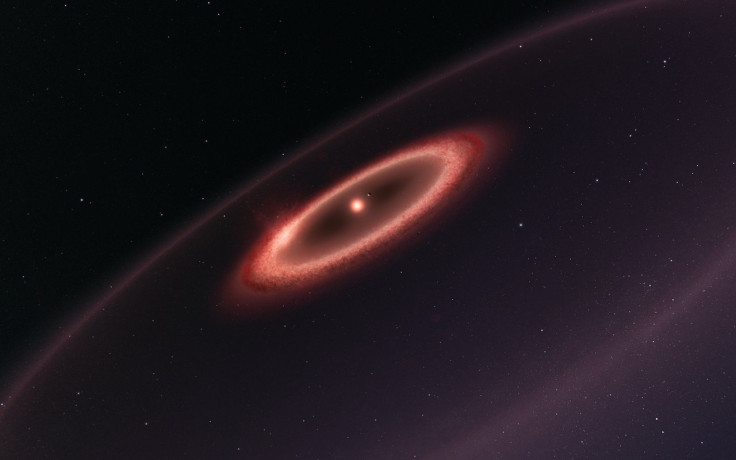Proxima Centauri: Cold dust belt found around nearest star to our solar system
Located some 4 light-years away in the Centaurus constellation, the faint red dwarf is known to host a planet roughly the size of the Earth.

Proxima Centauri, the nearest star to our solar system, is surrounded by a cold dust belt, according to a new observation made by the ALMA telescope in Chile.
Located some four light-years away in the Centaurus constellation, the faint red dwarf is known to host a planet roughly the size of Earth since 2016. But, this observation is the first of its kind to suggest that the star may host a whole planetary system with many more objects rather than a single planet.
According to a report in The Verge, researchers made this discovery as they went out looking for bands of debris around the Proxima Centauri – the remnants of materials that couldn't form into planets like the asteroid belt between Jupiter and Mars in our Solar System. The idea was if a star can host a planet, it may even have some kind of asteroid belt.
That said, they used ALMA and detected emission from a belt of cold cosmic dust that extends a few hundred million kilometres out from the star. The combined mass of its material is about one-hundredth of the Earth's mass and the temperature – revolving around -230 degrees Celsius – is just as chilling as the Kuiper Belt orbiting beyond Neptune.
"This result suggests that Proxima Centauri may have a multiple planet system with a rich history of interactions that resulted in the formation of a dust belt," says Guillem Anglada, the lead author of this study. "Further study may also provide information that might point to the locations of as yet unidentified additional planets."
It is also worth noting that the latest ALMA observations have also indicated the presence of another, cooler dust belt around the star – this one about 10 times farther out. However, more studies will be required to confirm its presence.




















